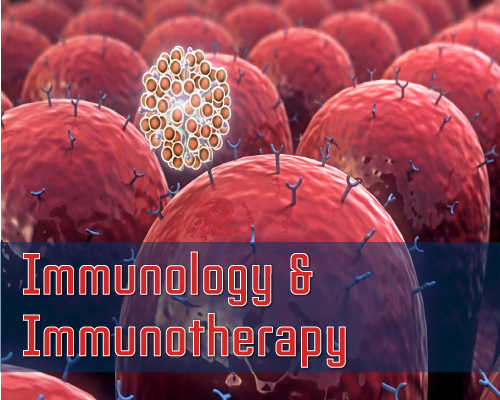Special Issue on:
Opioid Metabolism in Pediatrics

Lead Guest Editor:
Manjunath S Shet, Ph.D.
Department of Pharmacokinetics and Drug Metabolism
One Stamford Forum, 201 Tresser Blvd, Stamford, CT 06901
Tel.: (203) 588-8492. Fax: (203) 588-6248, E-mail: [email protected]
Over 19+ years of experience in pharmaceutical Drug Development including Drug Discovery/candidate selection through NDA approval in PK-ADME and Bioanalytical aspects of small molecules for multiple therapeutic indications and routes of administrations. Expertise includes study designs, experimentation, study execution, study overseen, data interpretation, trouble shooting, report writing, preparation and review of regulatory documents and their filings. Comprehensive knowledge on FDA, ICH and OECD guidelines and regulations. Experiences with evaluation of in-licensing/acquisition opportunities and GAP analysis. Proficient at effective interactions to maintain a strong relationship with multidisciplinary team members, corporate partners, and CRO scientist and Study Directors. Extensive organizational and communication skills that results in successful management of multiple concurrent projects and timelines.
Published Articles
Manjunath S. Shet*
Oxycodone is a semi-synthetic opioid analgesic used in the management of postoperative pain and chronic cancer pain. It is extensively metabolized by the liver to noroxycodone, oxymorphone and noroxymorphone via N-demethylation and/ or O-demethylation reactions. In adults, CYP3A4 and CYP2D6 are the major CYP-isoforms responsible for the formation of noroxycodone, oxymorphone and noroxymorphone. The present study was undertaken to study the oxidative and conjugative metabolism of oxycodone in a pediatric population using both liver microsomes and hepatocytes. Liver microsomes from various pediatric populations catalyzed the formation of noroxycodone as the major in vitro metabolite of oxycodone followed by oxymorphone and noroxymorphone. The Km and Vmax values for noroxycodone formation in the liver microsomes tested from individual pediatric donors ranged between 19.9 ± 8.22 - 395.6 ± 114.5 μM and 104.2 ± 10.32 - 2529 ± 203.9 pmol/ min/ mg, respectively. The corresponding values for the pooled adult human liver microsomes were 133.1 ± 33.84 μM and 1821 ± 160.4 pmol/min/mg, respectively, and within the pediatric range. The Km and Vmax values for oxymorphone formation in the liver microsomes tested from individual pediatric donors ranged between 3.83 ± 1.54 to 230.2 μM and 18.6 ± 2.96 to 132.5 ± 26.0 pmol/ min/ mg, respectively, respectively. The corresponding values for the pooled adult human liver microsomes were 107.0 ± 70.8 μM and 83.7 ± 28.4 pmol/ min/ mg, respectively, and within the pediatric range. These results indicate that liver plays a major role in the oxidative metabolism of oxycodone in pediatrics. CYP3A-isoforms appear to play a major role in the metabolic clearance of oxycodone in all age groups. A considerable variation was seen in in vitro intrinsic clearance (Vmax/ Km) values in pediatrics which, may be due to the expression of elevated levels of drug metabolizing enzymes responsible for oxycodone metabolism. A significant inter-individual variability in the formation of relative amounts of oxycodone metabolites was observed in microsomes from different age groups of pediatrics. However, no pediatric age group-specific qualitative differences in oxycodone metabolites were observed. In the clinic, the dose of oxycodone must be personalized individually depending on their age.
Cite this Article: Manjunath SS. Evaluation of In-Vitro Metabolism of Oxycodone in Pediatric Population. Int J Drug Metab Toxicol. 2017;1(1): 010-017.
Published: 21 July 2017
Authors submit all Proposals and manuscripts via Electronic Form!




























